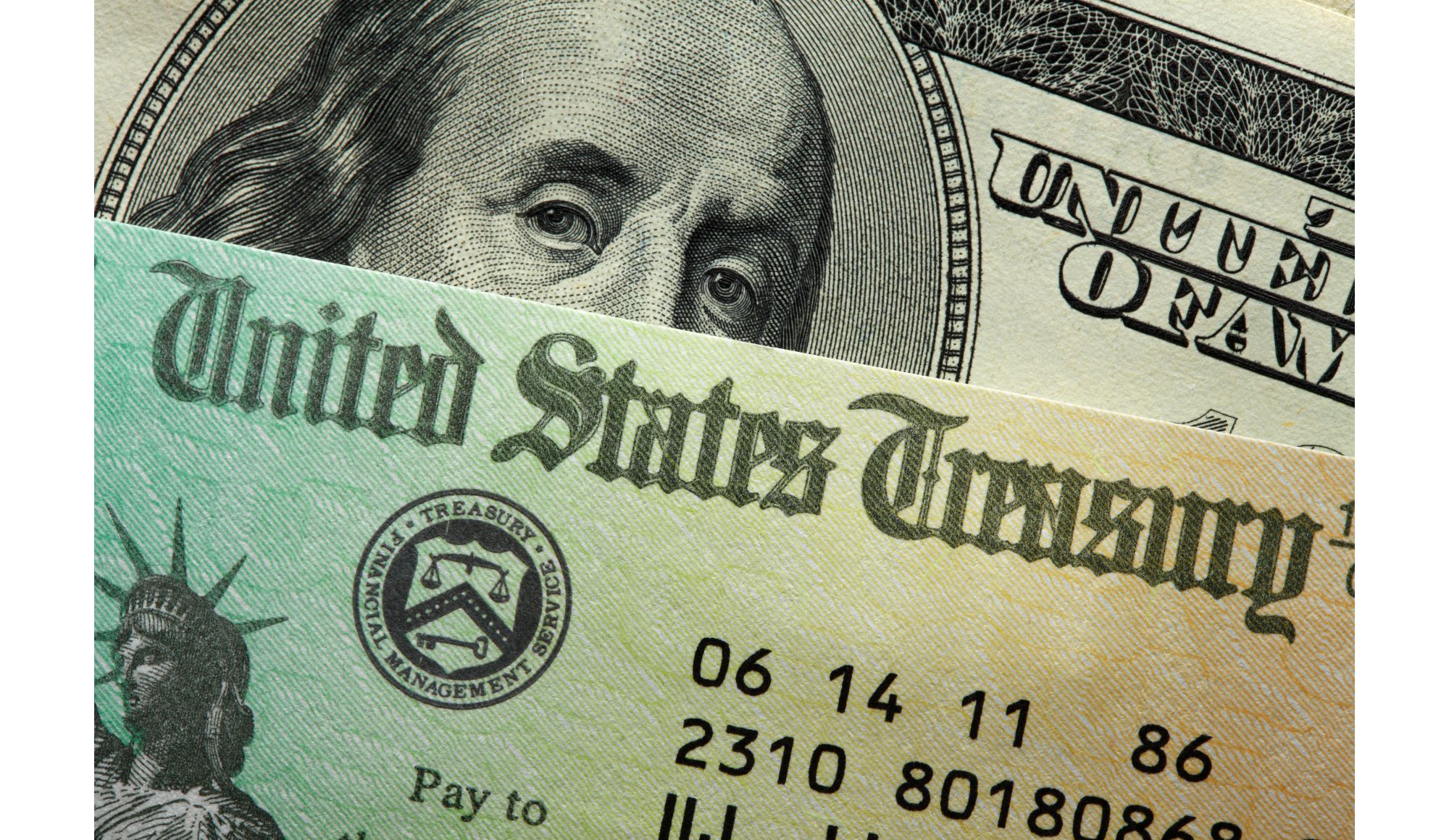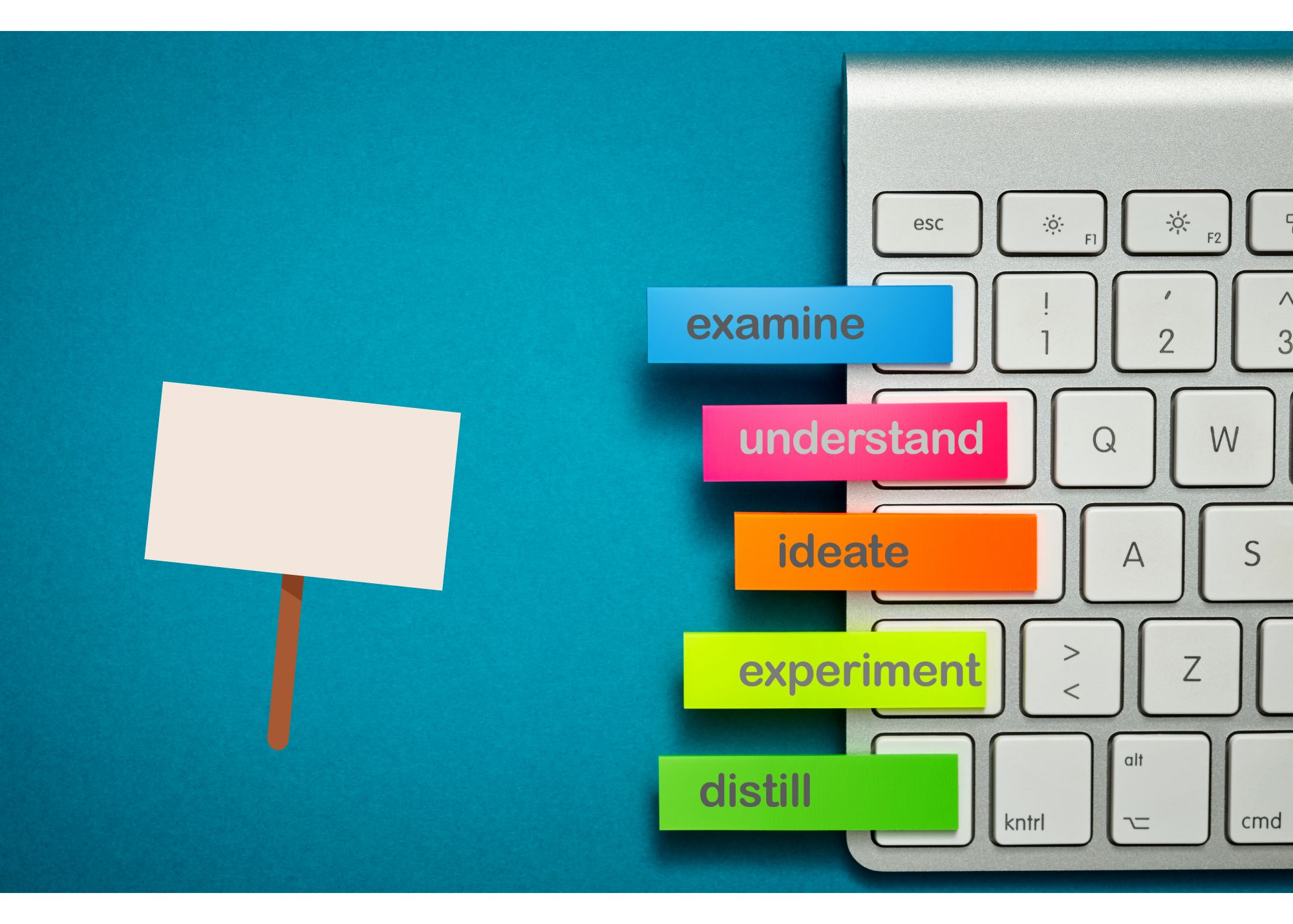Market Commentary: Forget Apple, Uncle Sam Pays More
Apple made a splash recently with its announcement that iPhone users who have an Apple Card are now eligible to earn up to 4.15% annually. The announcement came as a shot across the bow to the already fragile banking industry. After all, who is more trusted than Apple with its fortress balance sheet to hold your money in a safe place? No bank runs to worry about when compared to Silicon Valley Bank or other local banks. Yet, the yield offered by Apple is less than what you could earn by placing your money with Uncle Sam himself.
Key Points
- Apple Card offers a yield of 4.15%.
- 3-month Treasuries offer a yield of 5.21%, 106 basis points higher than Apple Card.
- You can also invest in 3-month Treasuries through a brokerage firm or ETF.
How To Beat Apple Yield
If you want to park cash in a “safe” account and earn a handsome yield, Apple’s Card is a good place to begin. But an even better alternative exists: Uncle Sam’s own Treasury bills.
At the time of research, 3 month Treasuries offered a yield of 5.21%. That’s a full 106 basis points higher than what Apple is currently offering.
There are various ways to invest in these bills. Some brokerage firms permit investing and exchange-traded funds offer another approach. However, brokers will charge commissions and ETFs will charge expense ratios.
Perhaps the most direct way to invest, even if not the most straightforward is to go directly to the source: TreasuryDirect.gov, where you can create an account. You will need a social security number and bank information to get started.
Once you have funded your account, you can find a 3 month treasury auction that you want to buy. Every week new 3 month treasuries are available, and you can find the schedule on the TreasuryDirect website for precise dates.
Once there, place your bid, the amount you are willing to pay and wait for the auction to close; this happens at a particular time of day. When your bid is successful, you will be able to see the price you were charged and the 3 month treasuries will be added to your account.
When To Sell Your Treasuries?
Now all you have to do is wait for 3 months until they mature. At the end of the period, you will be paid the face value of the treasuries plus any accrued interest.
It’s important to note that it is possible but always smart to sell your treasuries prior to maturity on a secondary market. If interest rates rise during the holding period, the price of the bonds will decline and you would sell at a loss, most likely. By holding to maturity, on the other hand, you get to keep the full face value and interest earned.
What ETFs Can I Buy?
If all that sounds like too much work, you can simply buy an ETF. Here are three alternatives:
- iShares 0-3 Month Treasury Bond ETF (SHV)
- Vanguard Short-Term Treasury ETF (VGSH)
- SPDR Bloomberg Barclays 1-3 Year Treasury Bond ETF (SHV)
As you might expect, the Vanguard ETF has the lowest expense ratio, charging just 0.04% versus the iShares offering which has 0.15% expense ratio and the SPDR which is just 1 basis point lower.



